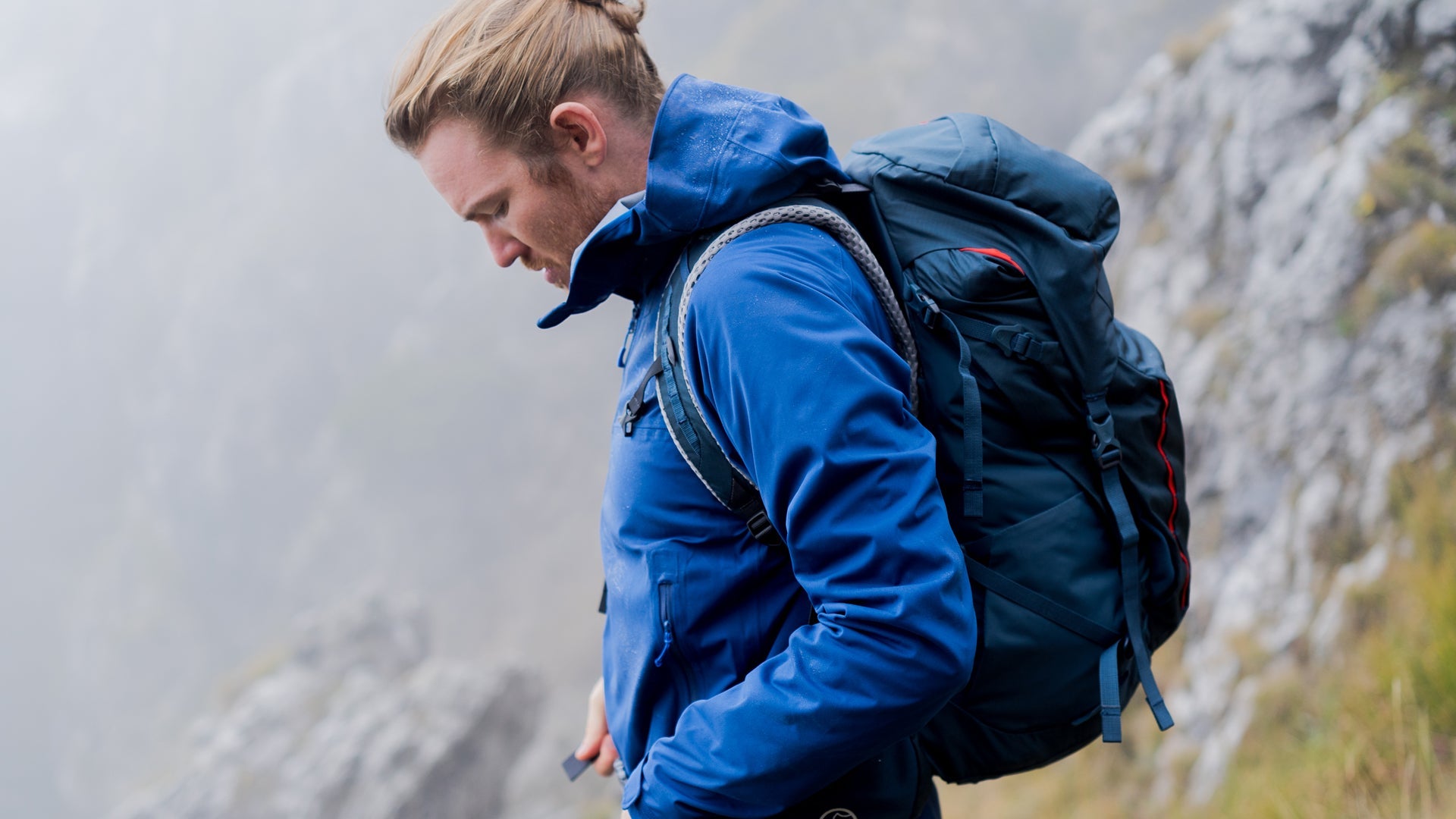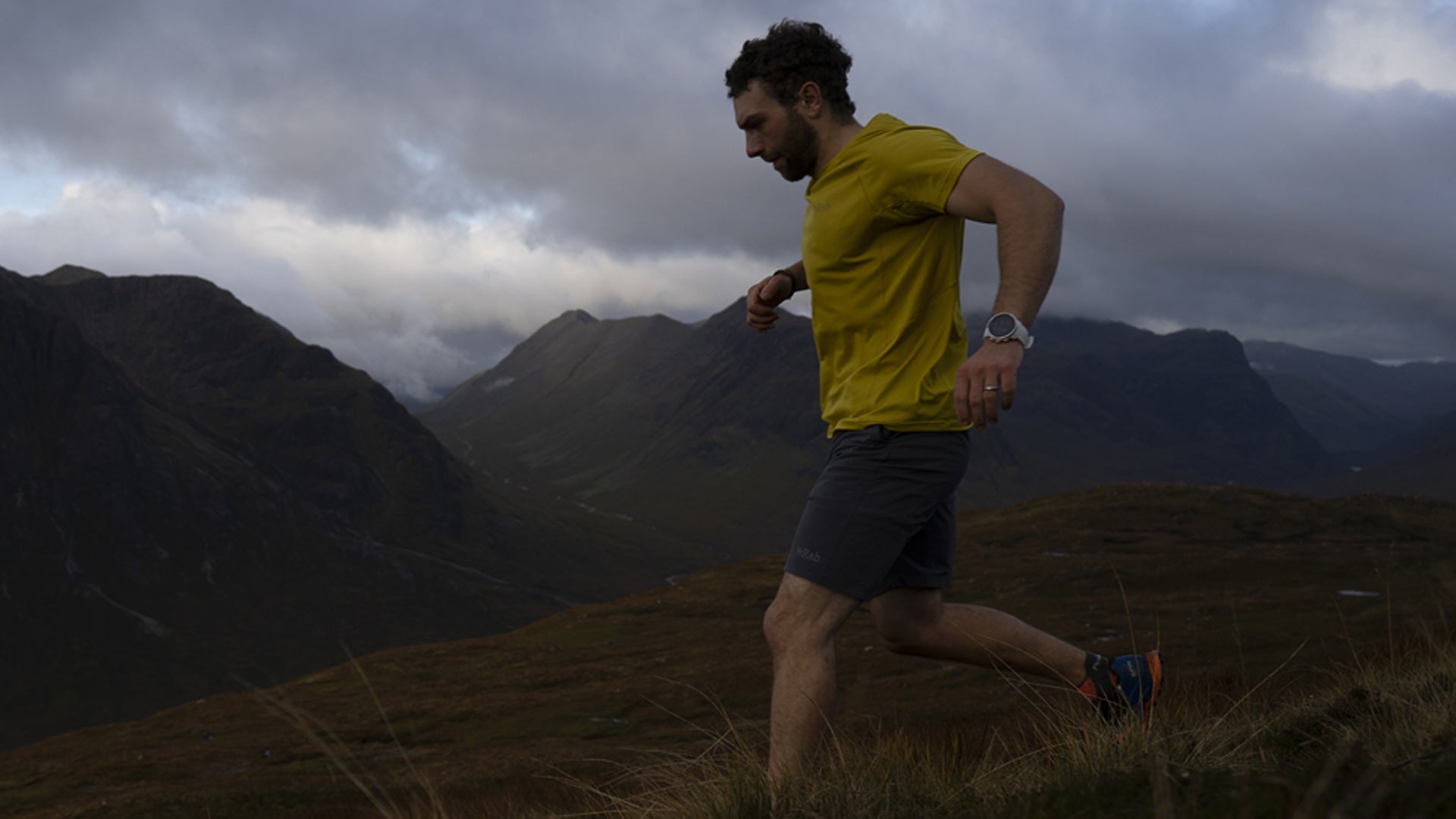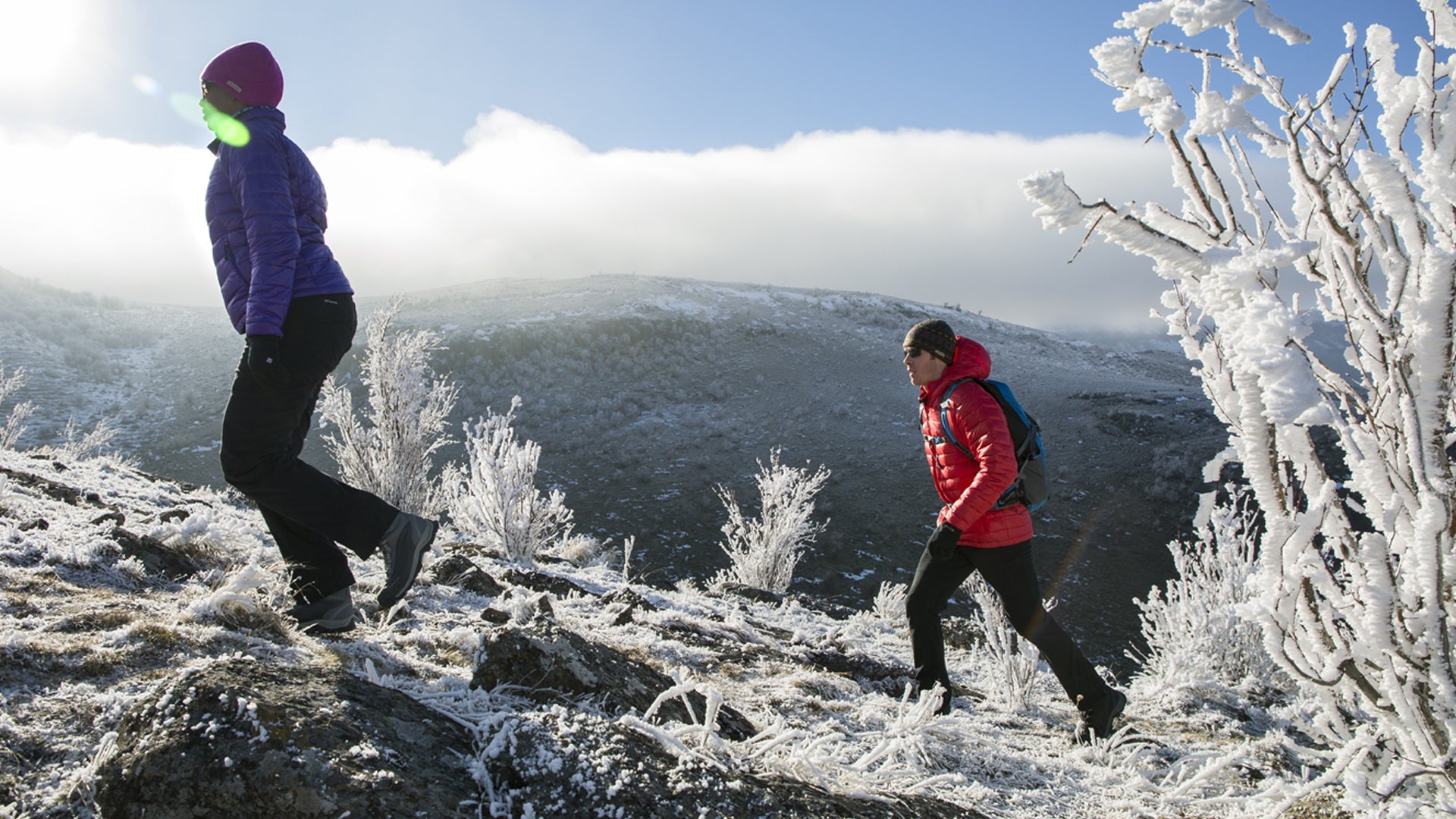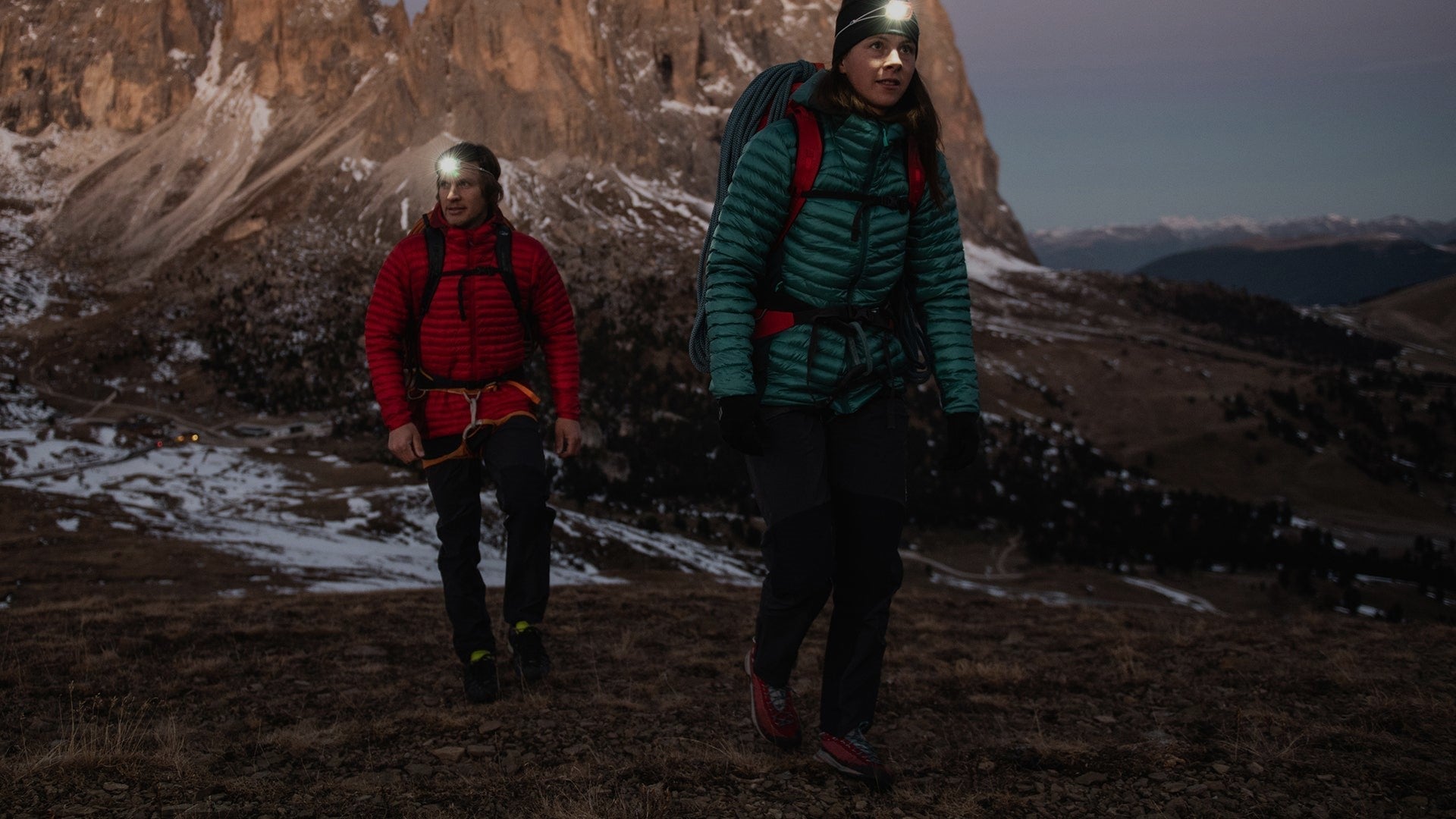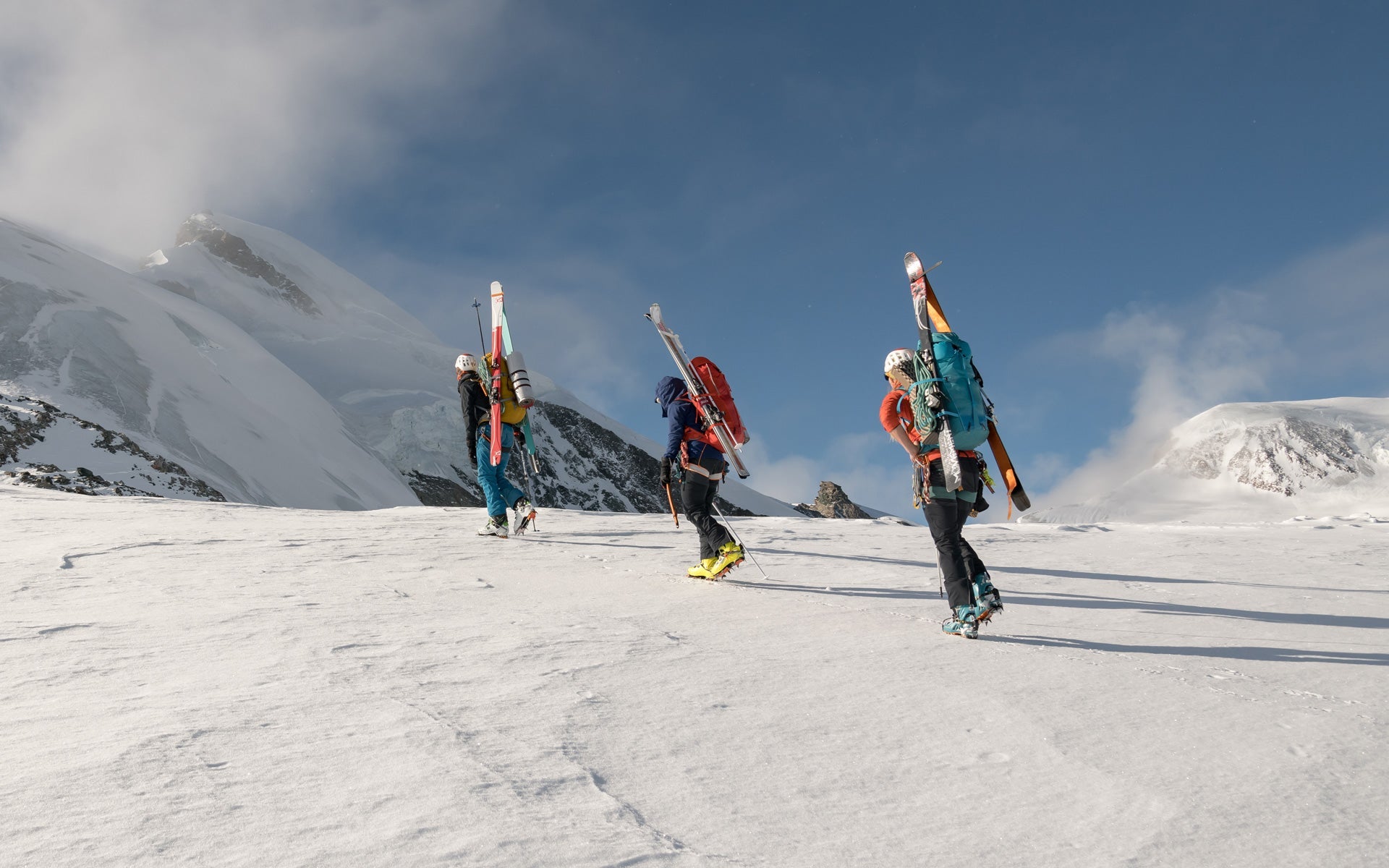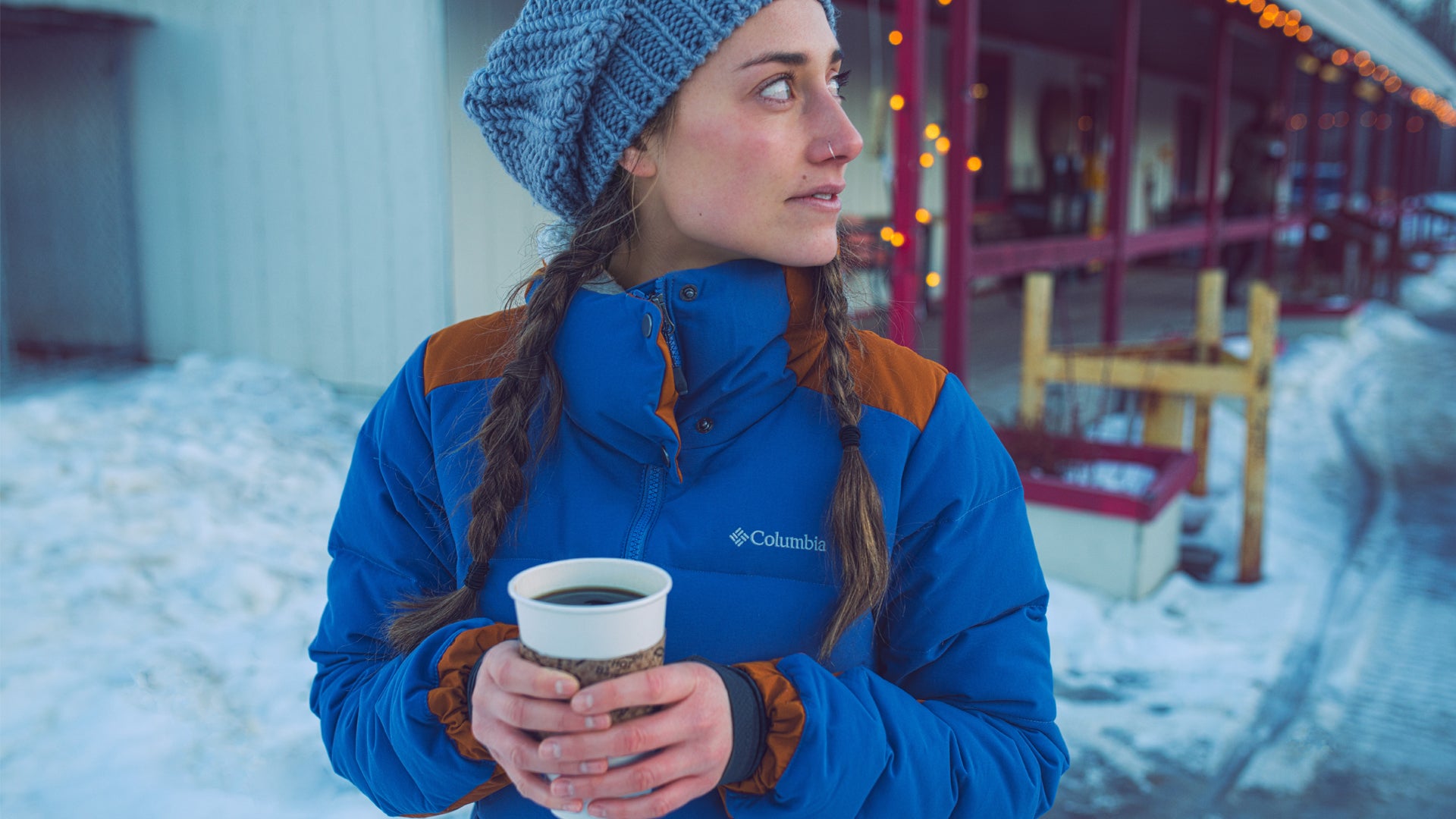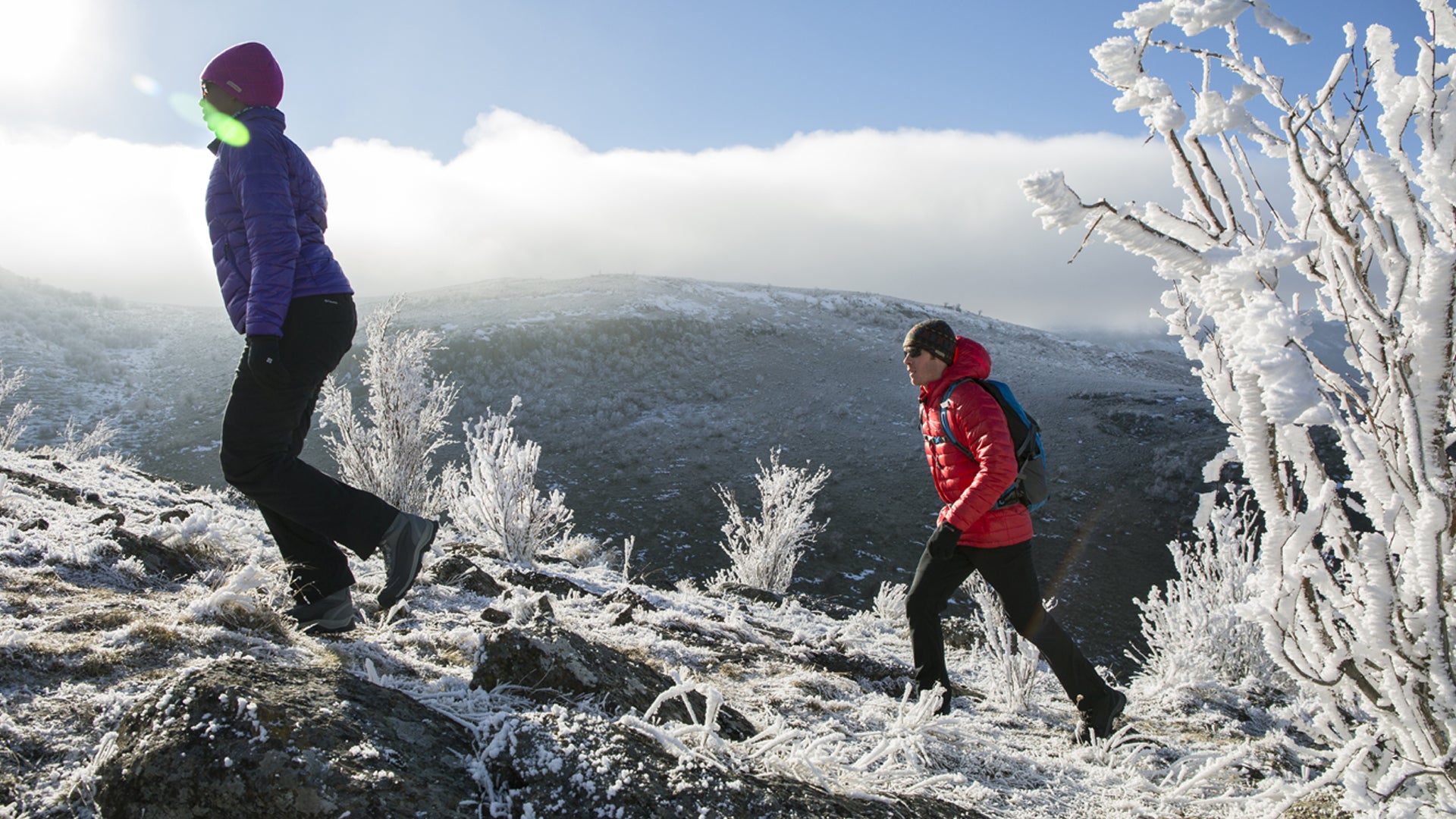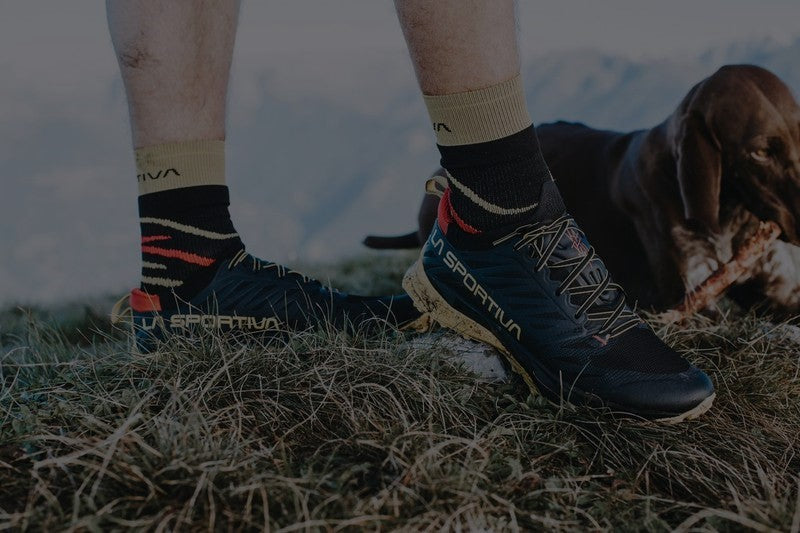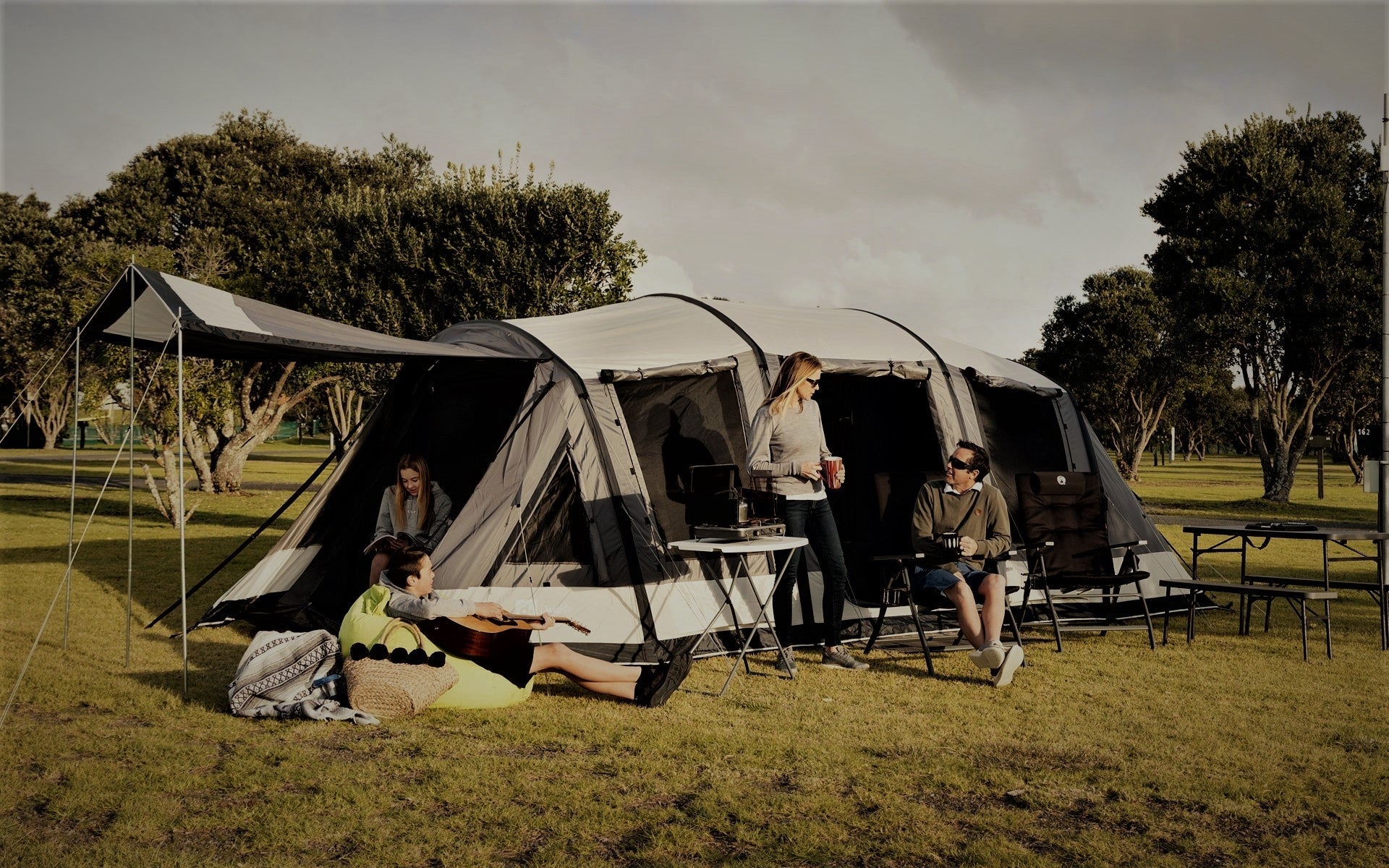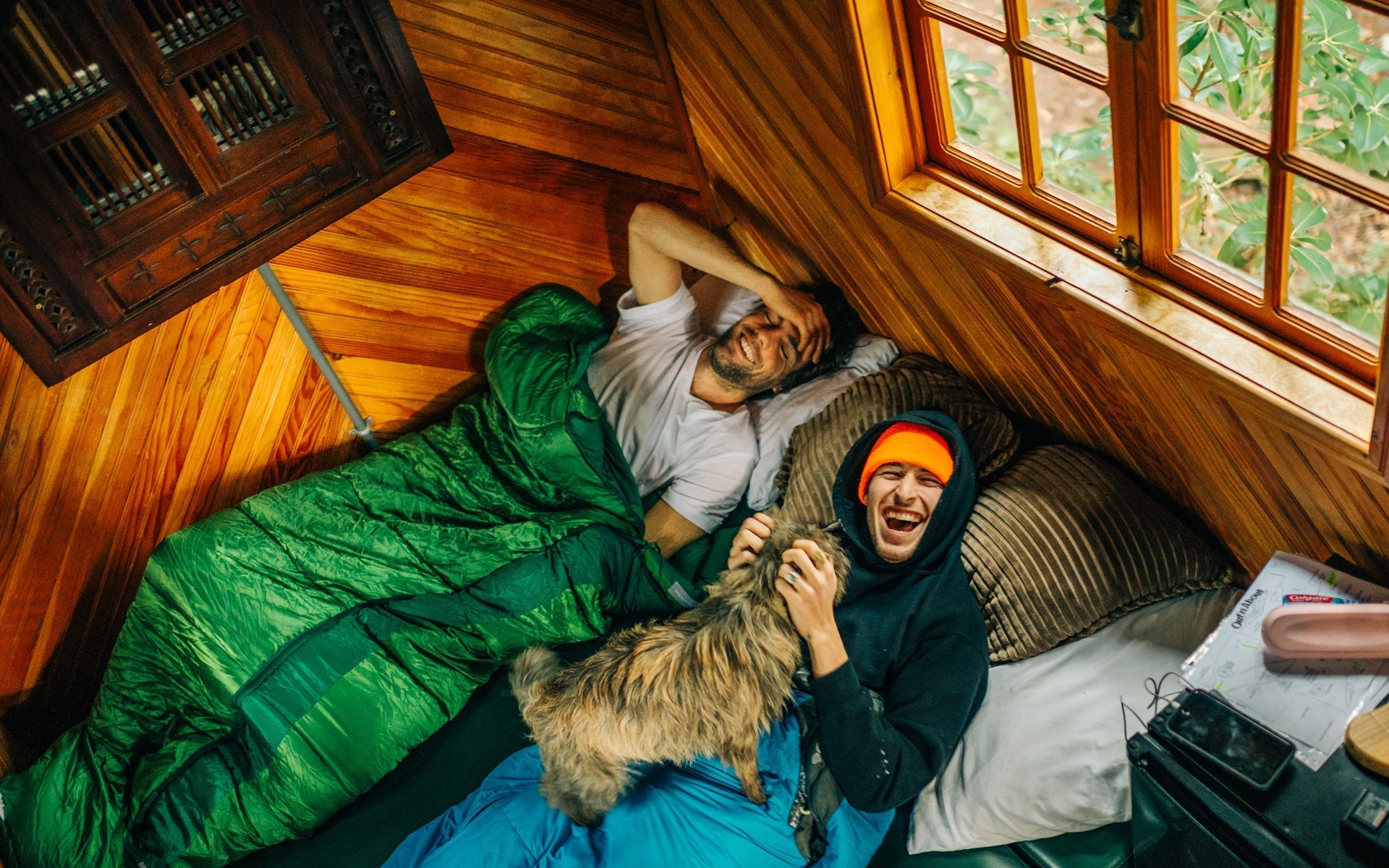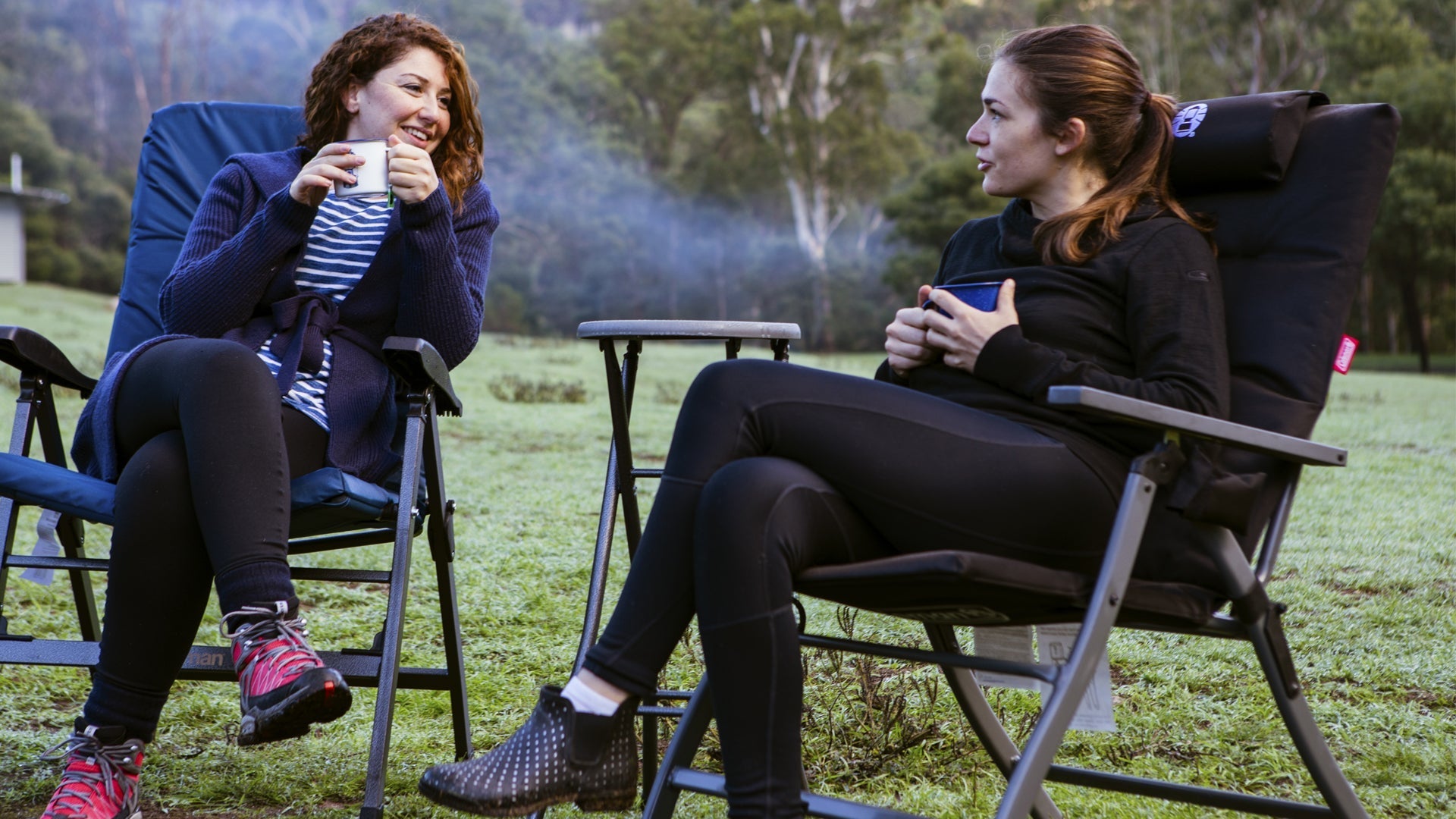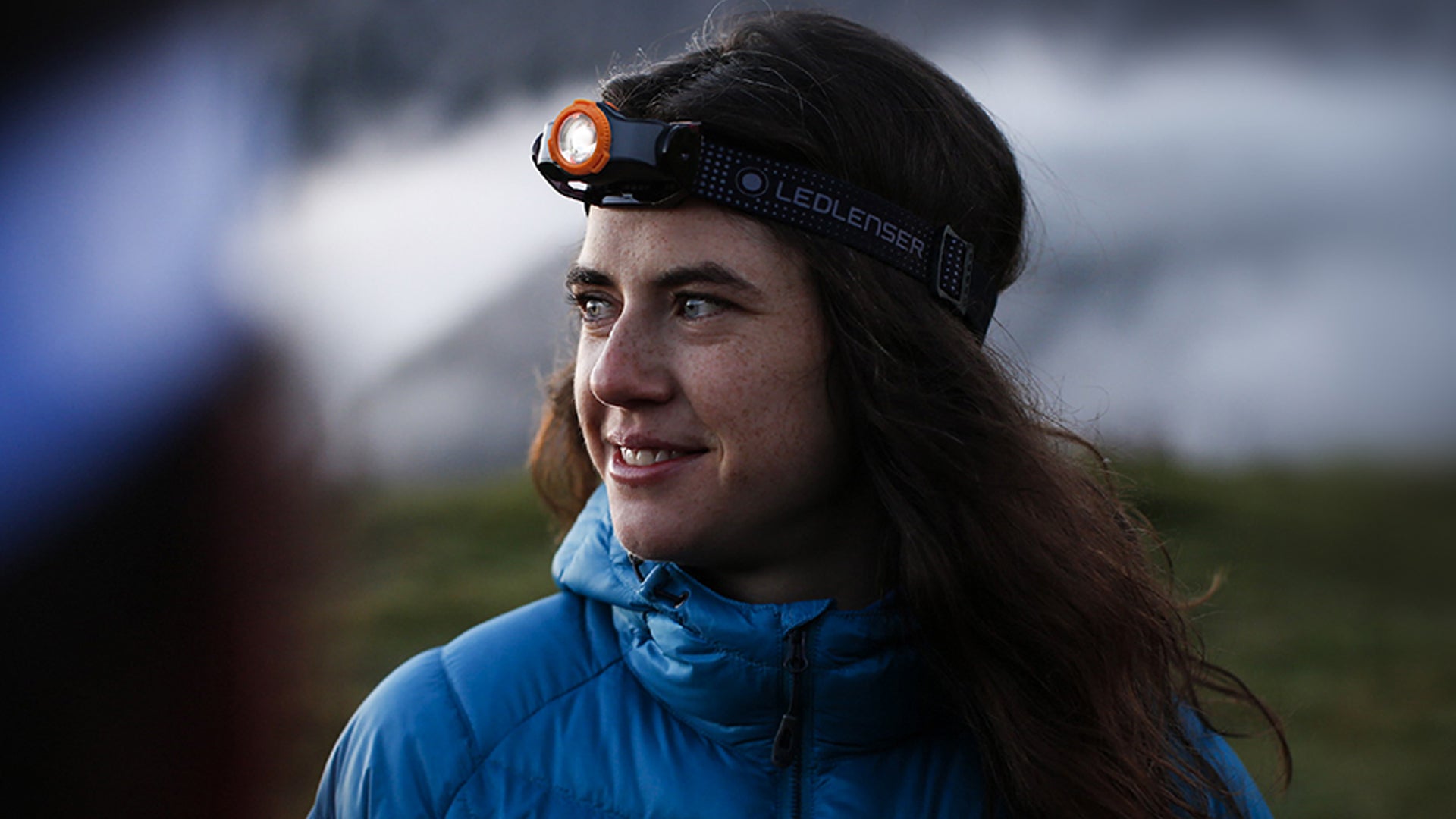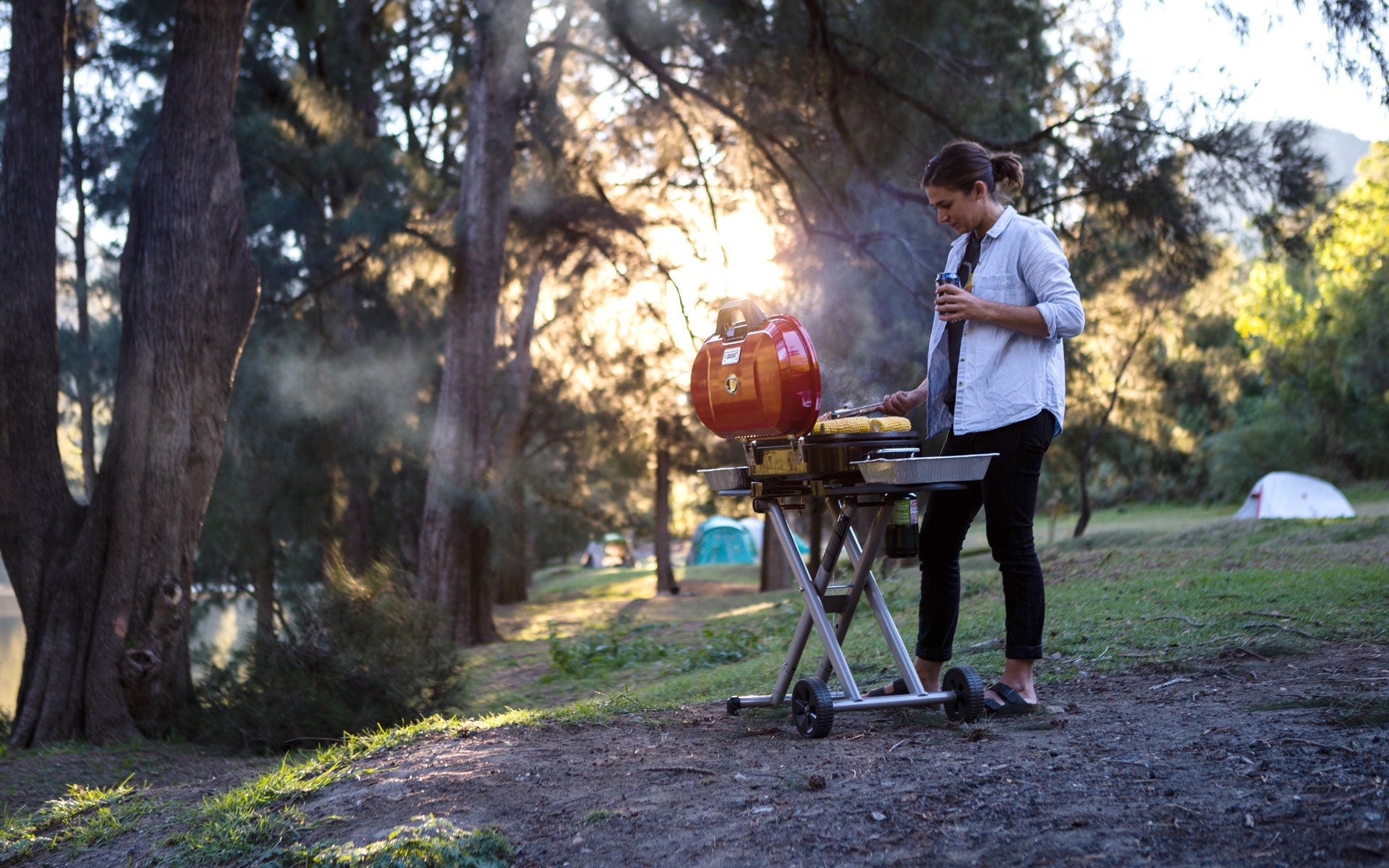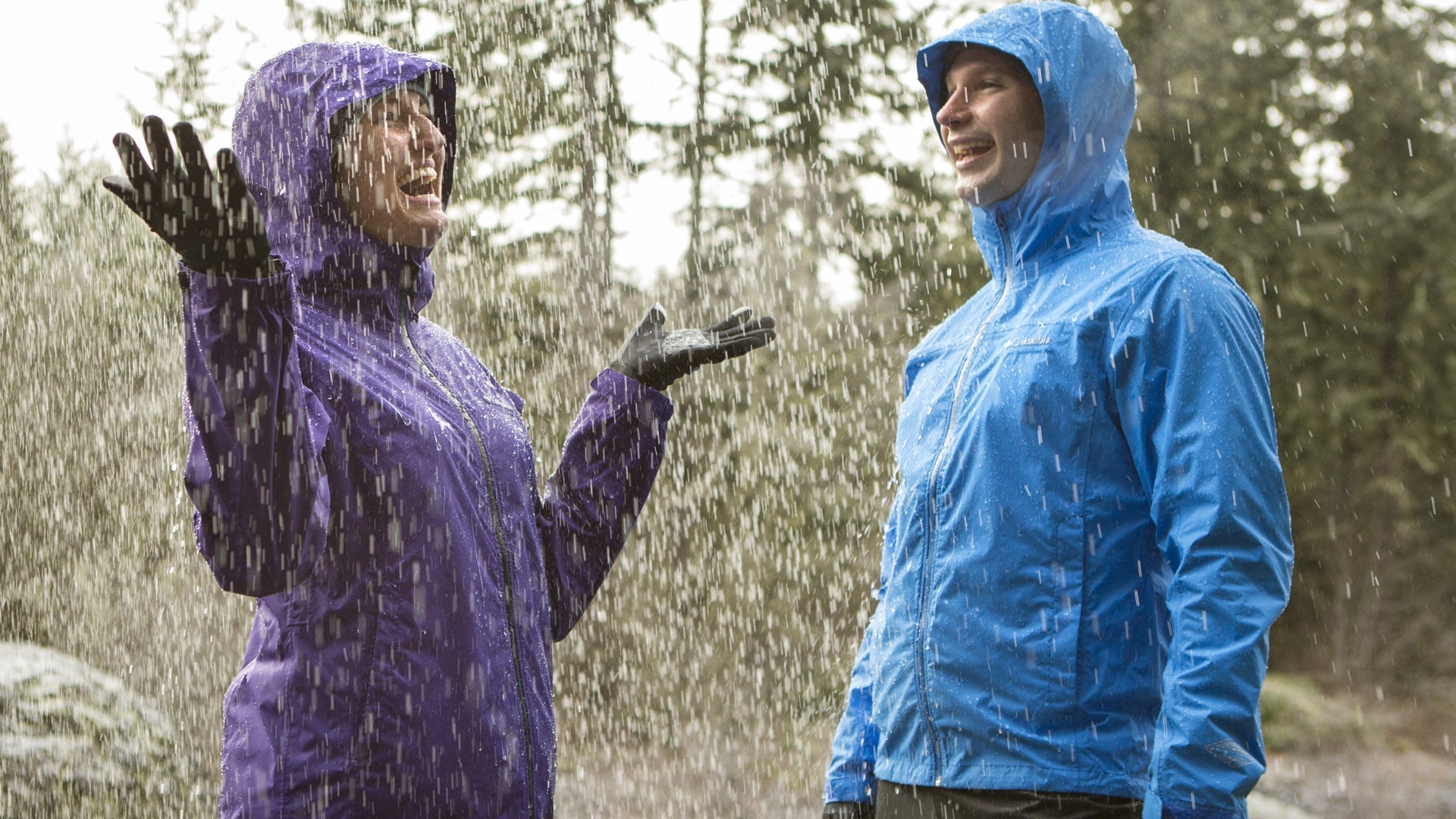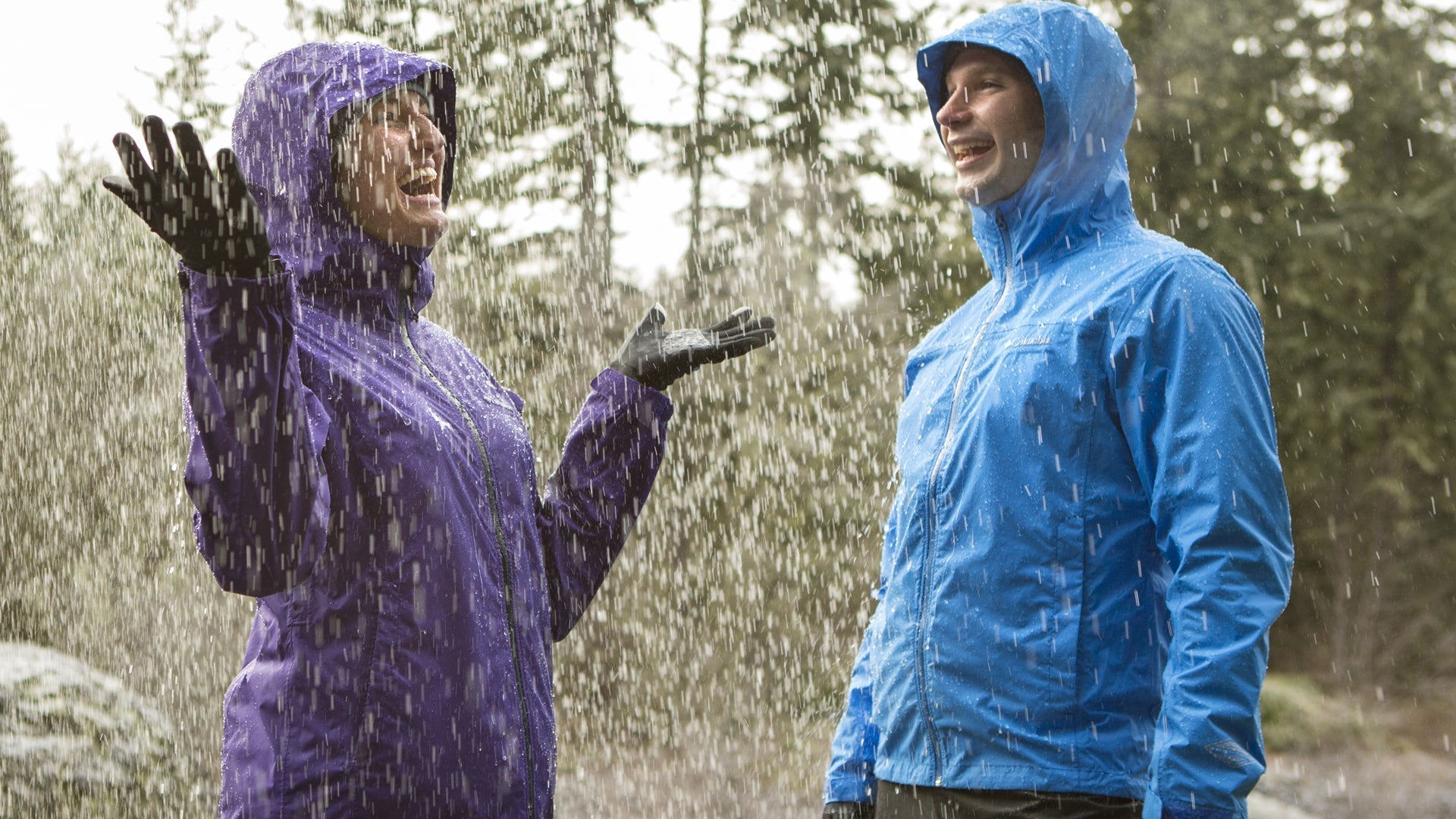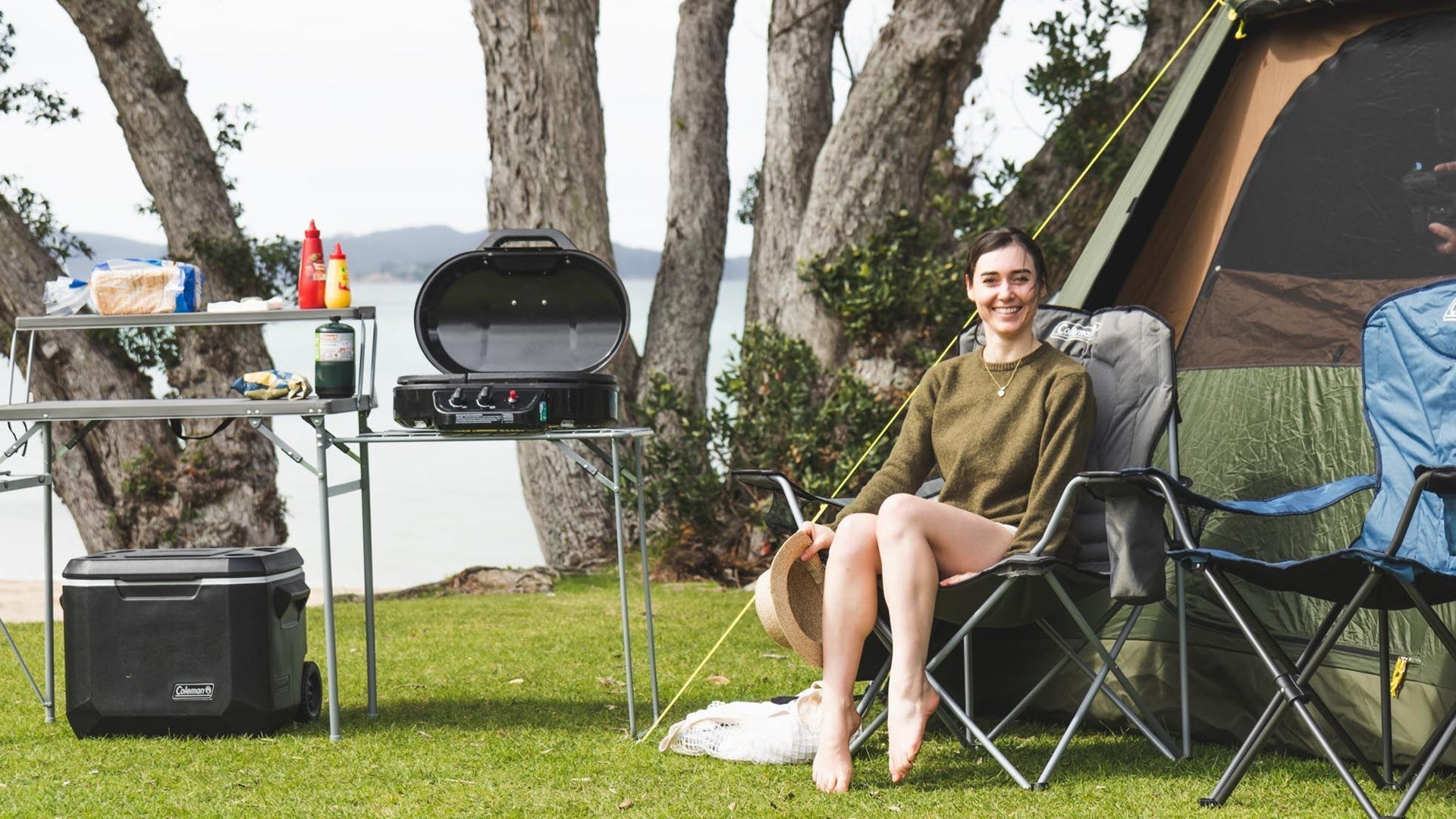How To Reduce Condensation In Your Tent
Condensation inside tents can happen to even the most experienced campers. Have you ever woken up with moisture on the inside of your tent fly or a pool of water on the floor? It is easy to mistake that the moisture within the tent actually came from outside, but that’s not usually the case. Common areas that condensation droplets can pool and drip onto tent floors are the internal window toggles, seamsealing tape lines and at the bases of internal poles, including air poles. Sections of tent roofs and veranda's that that have no inner or bedroom pod often show clear signs of condensation which can be mistaken for leaking fabric. This is more noticeable on inflatable tents as they often don't have a complete inner which blocks the condensation from view. Interestingly, condensation is quite common when the weather condition's are drizzly and not even heavy rain.
Condensation is formed when the temperature inside a tent becomes warm and humid from people, heaters and a lack of ventilation. When the warm air inside the tent hits the relatively cooler fabric of the tent, the moisture condenses into liquid form.
Think: Condensation on the inside of the windows of your house on a winters night when the heater is on and it's cold outside as an example.
Condensation is often made worse when the air outside the tent is significantly cooler than the inside, especially after a warm humid day. On days and nights where there is quite a temperature drop, it can be challenging to prevent condensation forming.
We sell the best camping tents in NZ and consider our tents to be virtually waterproof, thanks to the quality materials used in their manufacture, however condensation can form inside all tents in some conditions. This applies to all tent brands we sell. With this in mind, and to help you maintain a dry and comfortable environment inside your tent, here are a few of our tips for you to remember next time you’re camping.
- Ventilation is vital. The single best thing you can do to greatly reduce moisture inside your tent is to give it every opportunity to escape. Thankfully, our tents are designed for optimum ventilation. Venting your tent will decrease the humidity and temperature inside, so make sure you allow for doors or side ventilators to be opened, with mesh inners to protect from insects. There may be an issue with letting in cold air but this is easily resolved through investing in a warmer sleeping bag.
- Choose your location carefully. Selecting the right position to set up your tent is one of the most important things you can do while camping, and this includes minimising condensation. Make sure you set up your tent on dry ground, away from structures and natural barriers that could restrict or block a ventilating breeze. If you’re in a valley, near a lake, river or any other body of water, you’re more likely to encounter condensation because of the moisture in the air. If you can, try and pitch your tent a fair way from the water to reduce the amount of moisture in the air.
- Never cook inside your tent. Cooking meals or consuming hot drinks in your tent means steam, and steam means a damp and uncomfortable environment. Always cook outside your tent even if it means setting up a small awning where steam will be dispersed into the air. Be sure to close the tent door behind you.
- Leave wet gear outside. When you drag wet gear inside your tent, such as clothing, the water will evaporate and increase moisture levels within your tent. It’s far better to leave wet equipment and clothing outside your tent where you can.
- Wipe things down. If you’ve tried everything we’ve suggested and STILL have condensation problems, you can use one of our travel towels, which absorbs four times its weight in water, and wipe down the droplets on your tent. Of course, leave the towel outside when you’re done.
Our tents will shelter you from the elements outside. You can do just as much to keep things dry, comfortable and healthy inside. For further advice on selecting world-class tents that will allow you to fully maximise the ventilation process and reduce condensation, get in touch and we’ll be happy to help.
The video below from our friends at MSR explains this well.


